California Energy Commission awards more than $1.8M additional funding to further UCSD microgrid project; energy storage, EV charging and V2G services are components
Green Car Congress
JANUARY 10, 2013
The California Energy Commission (CEC) approved funding to advance further the development of its pioneering 42 MW peak microgrid and expand electric vehicle charging at the University of California, San Diego (UCSD). This will reduce the indirect cost of solar power to California ratepayers. The Commission approved a $1.6-million



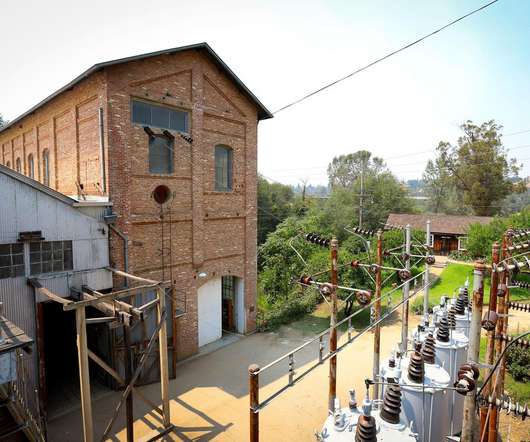
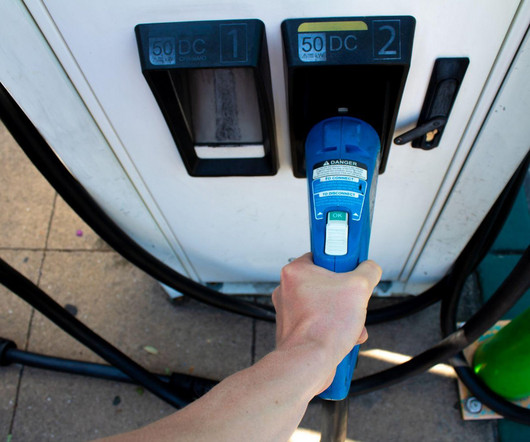
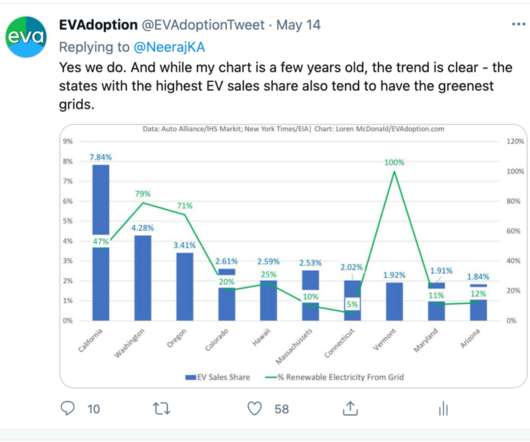
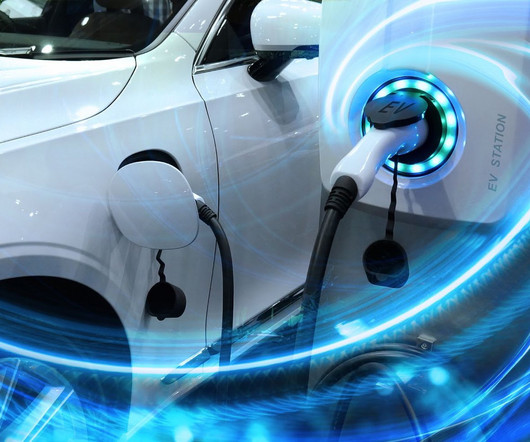

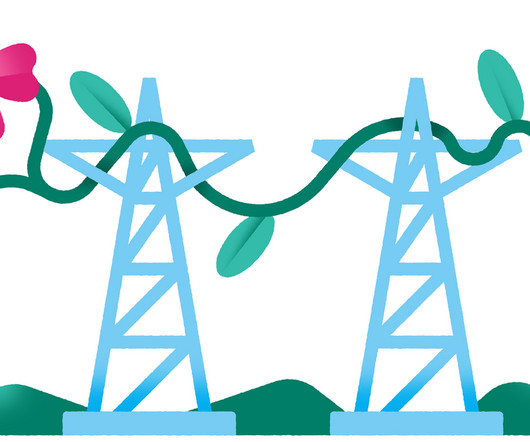


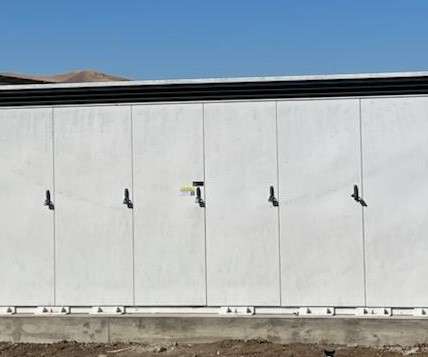

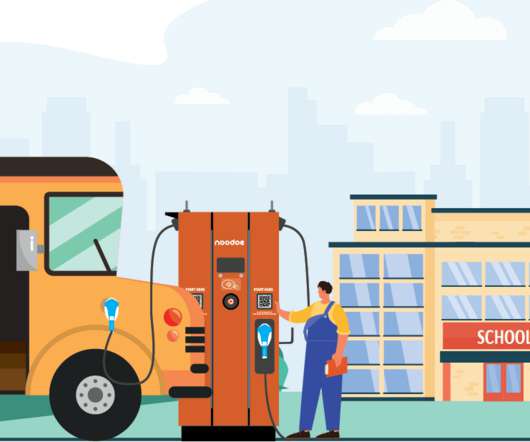
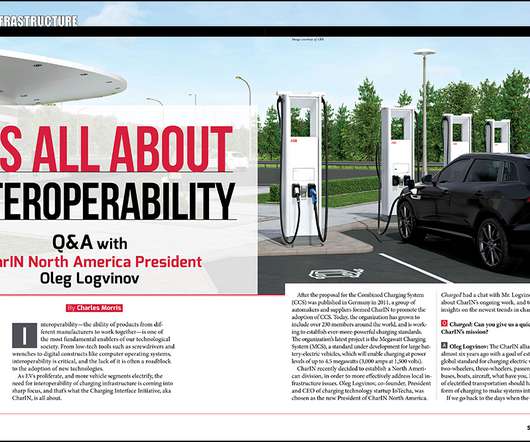


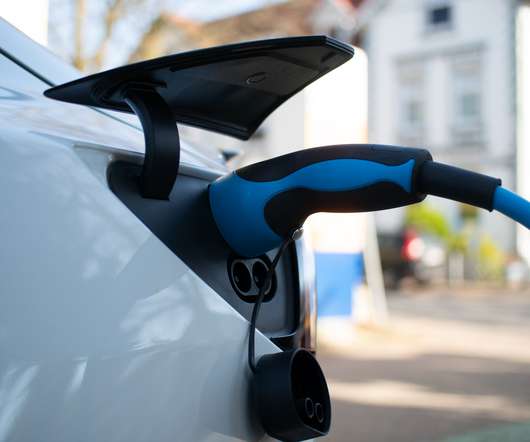






Let's personalize your content